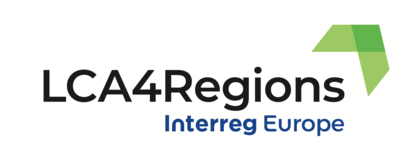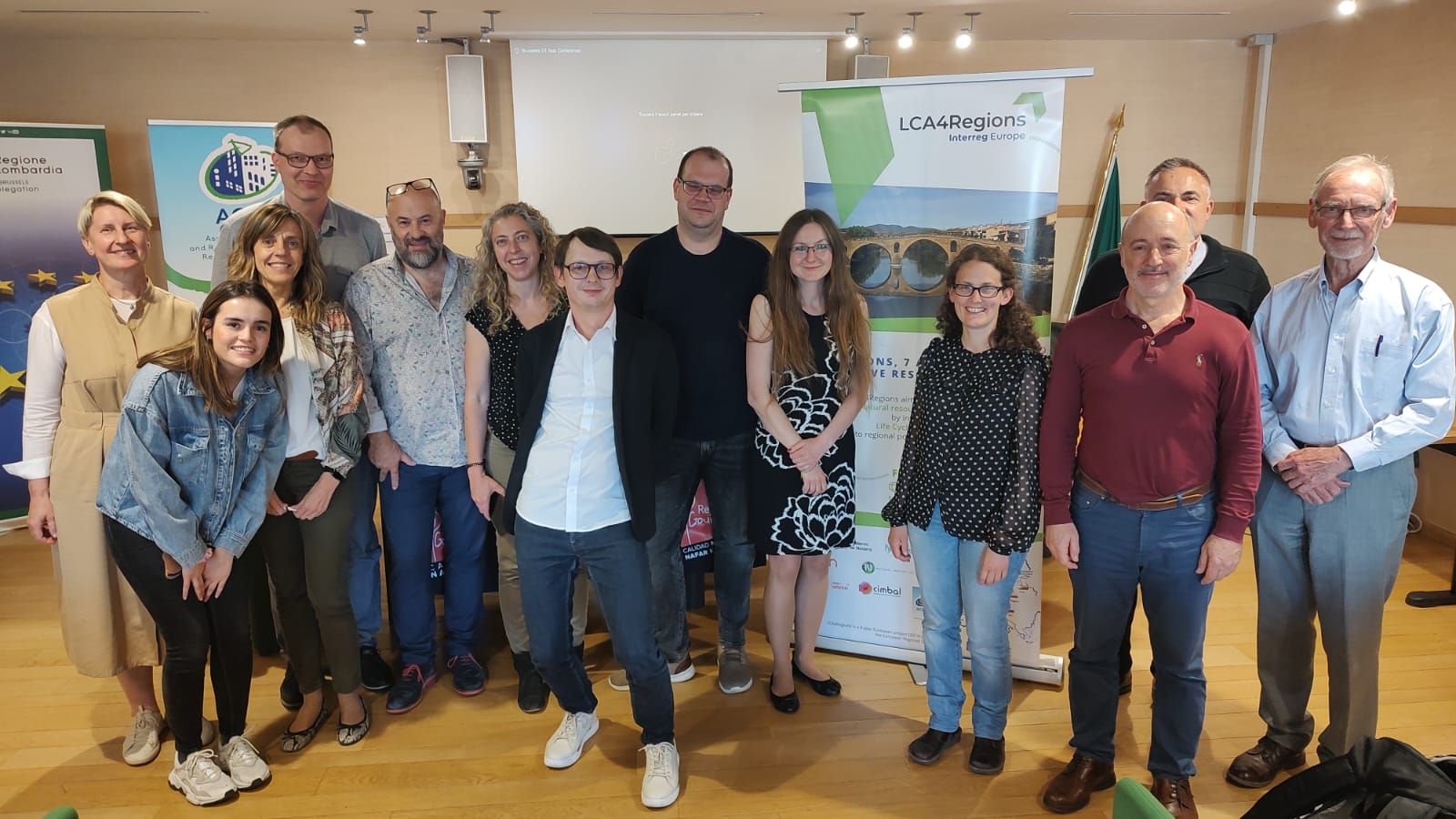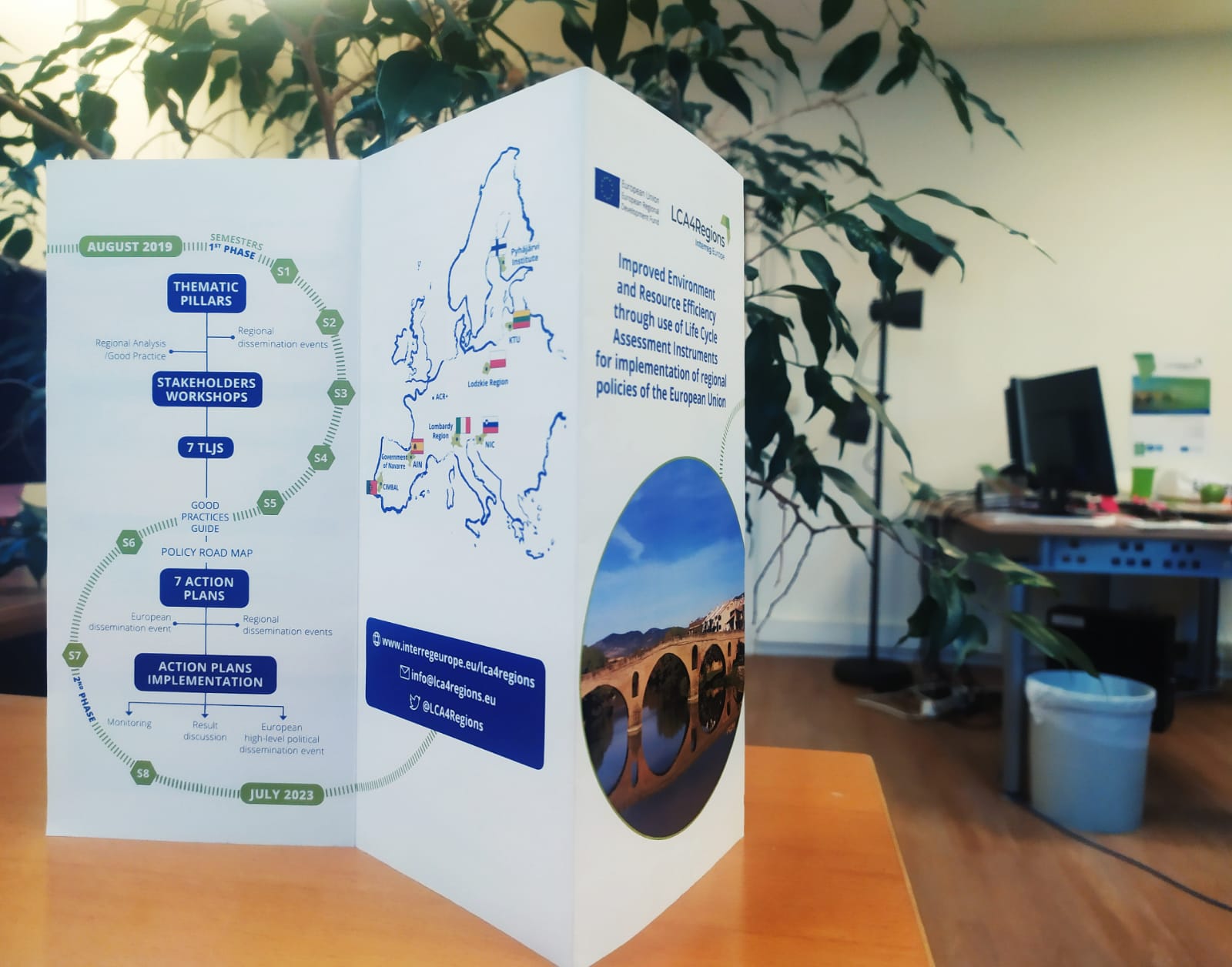Welcome to the third episode of the series dedicated to the analysis of the policy instruments of Lombardy and focusing on the Regional Programme Energy, Environment and Climate.
This programme, named PREAC (Piano Regionale Energia Ambiente Clima) is currently under development and the related activity has just begun. It is one of the potential targets of the LCA4Regions project actions, in particular to integrate the positive contribution of LCA in definition and implementation of this policy tool.
The “Act of Addresses” for the redaction of the PREAC starting from the previous PEAR (Piano Energia Ambiente Regionale, Regional Energy Environmental Plan) has been approved by the Regional Council on November 24th 2020. Moreover, on August 9th, 2021 the DG for Environment and Climate has approved the the list of competent subjects in environmental matters and the territorially interested entities called to participate in the Environmental Assessment Conference (VAS) for the PREAC. The first evaluation conference based on the scoping document currently being drafted will be carried out by the end of 2021.
The PREAC will design the stages of a path that will lead Lombardy to be a region with net zero emissions by 2050, resulting from the reduction of GHG emissions and of the absorption of soil, forests, natural wells, etc. and in a leading position in the commitment to implement climate policies and in the development of a competitive and sustainable economic system.
Since the Italian national context is characterized by fiscal leverage and market dynamics far beyond regional competences, Lombardy Region actions will focus on an increase in the value of its territory based on four main guidelines:
- reduction of energy consumptions by increasing efficiency in the final use sectors;
- development of local renewable sources and promotion of self-consumption;
- growth of the production system, development and funding of research and innovation at the service of decarbonization and the circular economy;
- adaptive and resilient response of the Lombard system to climate change.
In the framework of the above listed priorities and in line with the indications of the Integrated National Plan for Energy and Climate, the technologies expected to provide the most significant contribution to the Plan objectives are:
- in the residential and tertiary sector (public and private), the energy refurbishment of existing buildings and the construction of new buildings according to the NZEB concept, the increase in heat pump air conditioning, the efficiency of electrical users and lighting systems/existing air conditioning, but also the creation of energy communities customized to local needs and resources;
- in the industrial sector, the efficiency of production processes in line with the Best Available Techniques, the recovery of waste heat, the use of high-efficiency electric motors, the spread of cogeneration in production contexts, the construction of industrial parks according to criteria of industrial symbiosis, as well as the greater diffusion of energy audits and environmental/energy management systems pursuant to ISO 14001 and 50001;
- in the transport sector, the increase in the number of electric vehicles or vehicles working with alternative fuels (biofuels, hydrogen) and the enhancement of public transport and alternative modes of transport;
- in the agricultural sector, the valorization of wastes and by-products, the rationalized use of fertilizers and agricultural practices characterized by lower greenhouse gas emissions;
- in energy infrastructures, the development of low-enthalpy district heating systems, the requalification/expansion of the electricity transmission and distribution networks, the construction of energy storage systems, the installation of electric vehicle charging infrastructures and alternative fuel distribution networks;
- in the field of renewable energy sources, the increase in the production of energy from solar, wind, hydroelectric, geothermal and biomass.
In this context, the preliminarily identified opportunities for inclusion of life-cycle aspects are: - potential use of LC-based criteria to compare different plan actions and/or to monitor their effects after implementation;
- introduction of minimum LC-based thresholds for selected technologies (e.g. referring to the unit of energy produced in case of power generation, to distance travelled in case of mobility, for unit of area in case of buildings, etc.)
- introduction of minimum LC-based requirements for access to selected public tenders (linked to green public procurement topic) or for certain business categories.










